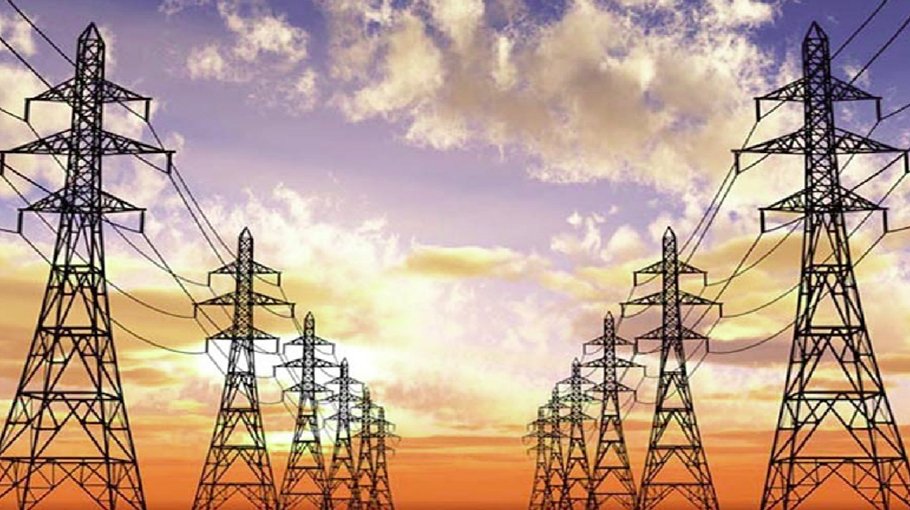7,400 MW more electricity by next year

The government expects to add around 7,400 megawatts (MW) more of electricity to the national grid by 2023. Of the total, 2,617 MW of power is likely to be generated by this year.
To this end, some power plants are being constructed in different areas. If these power plants start generating electricity within the stipulated time, it will help meet the demand for power greatly, Bangladesh Power Development Board (BPDB) officials said.
According to the BPDB, 35 power plants having the capacity of 13,134 MW of electricity are currently being constructed, and it has set a target of completing the projects by 2026. Besides, plan is underway to import 1,496 MW of electricity from India. On the other hand, the construction work of the country’s first nuclear power plant having the capacity of 2,400 MW of electricity is going on in full swing.
BPDB sources said, some 75 to 99 percent work of seven power plants has already been completed, which is expected to generate electricity by this year. These are: Mirsarai 150MW (99 percent), Khulna 330 MW dual fuel-first unit (75 percent), Rampal-660 MW (90 percent), Hatiya 15MW (84 percent), Chattogram 612 MW-first unit (96 percent), Barishal 307MW (95 percent) and Dharmopasha, Sunamganj 32MW solar power plant.
However, around 35 percent to 97 percent work on 10 more power plants has been completed, which is expected to generate electricity by next year. The power plants are: Khulna 330 MW dual fuel-second unit (75 percent), 409MW Ghorashal unit-4 (96 percent), Rampal-660 MW (90 percent), Sonagazi 50MW solar power plant (35 percent), Sundarganj, Gaibandha 200MW solar park, Chattogram 612 MW-second unit (96 percent), Meghnaghat 583MW (70 percent), Meghnaghat, Narayanganj 584MW (69 percent), Meghnaghat 718 MW (65 percent) and Cox’s Bazar 60MW wind power plant.
Besides, the government is planning to import 1496 MW more electricity from Adani Group of Jharkhand in India by March 2023. At present, its work progress is around 90 percent.
The government started planned load-shedding in the country since July 19 to save energy in order to reduce pressure on foreign exchange. Although the authorities announced an organized area-wise load-shedding for one hour, in reality, people are facing the problem for hours, and several times daily with holidays being no exception.
There was a shortfall of around 2000-2500 megawatts of electricity per day. Therefore, there had been load-shedding for up to eight hours in some parts of the country. But it came down at the end of September.
However, over the last few days, the trend of load-shedding has increased in various areas across the country, including Dhaka city.
Currently, people are fed up with this unplanned load-shedding. Especially children, students, patients and businessmen are worst-sufferers. Production in the factories is being disrupted seriously. CNG filling stations fail to supply gas due to a shortage of electricity. As a result, the authorities are forced to keep their CNG filling stations closed at most of the times during the day.
In many areas across the country, people are facing, on an average, six to eight hours of power cuts daily. People’s life has become miserable due to ongoing load-shedding across the country. Hours-long power cuts are disrupting factory production and increasing its costs.
Parents say that their children are not able to concentrate on their studies due to excessive load-shedding. On the other hand, businesses are suffering a lot due to load-shedding.
Power distribution companies said their services are also being disrupted as they are not receiving enough electricity from the national grid.
State Minister for Power, Energy and Mineral Resources Nasrul Hamid expressed regret for load-shedding. He said, "We have always been saying that the current crisis is temporary. This problem will not last long. However, we apologize to the esteemed customers for the current power problem and seek everyone's cooperation.”
Nasrul Hamid requested everyone to be patient to overcome the situation. He also said, "We really want your cooperation in this difficult time."
Bangladesh’s the grid connected power capacity is now 22,512 megawatts, including renewable energy and imported power. However, the government has set a target to generate 40,000 megawatts of electricity by 2030, and 60,000 megawatts by 2041.



